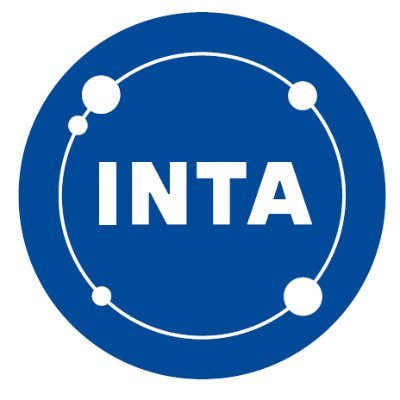Sede donde se gestiona
Santander
Lugar de impartición
Santander - Península de la Magdalena (Hall Real)
Dirección
Rosaly M Lopes Jet Propulsion Laboratory NASA, USAVíctor Parro GarcíaCentro de Astrobiología CSIC-INTA, SpainSecretaría
Carlos Briones LlorenteCentro de Astrobiología CSIC-INTA, SpainCOLABORACIÓN

Descripción de la actividad
Astrobiology School 2023: Searching for Life on Ocean Worlds
The 2023 Summer School will be focused on the exploration of ocean worlds orbiting the giant planets of our solar system. Moons such as Enceladus, Europa, Ganymede, and Titan are key astrobiological targets for future exploration by both NASA and ESA missions. These moons contain global liquid water oceans underneath icy surfaces and provide a different astrobiological perspective from rocky worlds such as Mars. Recent exploration has revealed the diverse biomes in Earth’s deep oceans and ice sheets and has opened up our ideas of habitability. Ocean worlds present a deep potentially habitable environments dominated by the physical processes of water and ice where alien life could exist in our Solar System.
The Cassini mission revealed water vapor plumes spewing material from the interior of Enceladus, and Titan as an organic-rich world having a methane cycle similar to the hydrological cycle on Earth, with an interior ocean that is potentially habitable. Titan is the target of NASA’s Dragonfly mission, which will explore the chemistry and habitability of Titan’s surface using a rotorcraft. The ocean underneath Jupiter’s moon Europa was revealed by the Galileo mission and, since then, evidence for water vapor plumes spewing from its interior has been mounting. Europa is the target of NASA’s Europa Clipper mission and will also be studied by ESA’s JUICE mission. Ganymede, the solar system’s largest moon, is the main target of the JUICE mission, and is also an ocean world that may harbor conditions favorable to the emergence of life. These moons, as well as other potential ocean worlds such as Neptune’s moon Triton or Uranus’s moon Miranda, provide a rich subject area for the study of astrobiology and how life could have evolved in their hidden oceans.
Four outstanding teachers (two American and two European), experts in the field, will show us the latest news and discoveries, what energy sources keep these worlds liquid, how life could thrive under the ice crust ocean, and what are the main technological challenges to investigate the habitability and the search for evidences of a hypothetical form of life.
Este curso es susceptible de ser reconocido como formación permanente del profesorado para el personal docente de los centros que imparten las enseñanzas reguladas en la Ley Orgánica 2/2006, de Educación, en base al artículo 21 y 29 de la Orden EDU/2886/2011, de 20 de octubre, por la que se regula la convocatoria, reconocimiento, certificación y registro de las actividades de formación permanente del profesorado
The 2023 Summer School will be focused on the exploration of ocean worlds orbiting the giant planets of our solar system. Moons such as Enceladus, Europa, Ganymede, and Titan are key astrobiological targets for future exploration by both NASA and ESA missions. These moons contain global liquid water oceans underneath icy surfaces and provide a different astrobiological perspective from rocky worlds such as Mars. Recent exploration has revealed the diverse biomes in Earth’s deep oceans and ice sheets and has opened up our ideas of habitability. Ocean worlds present a deep potentially habitable environments dominated by the physical processes of water and ice where alien life could exist in our Solar System.
The Cassini mission revealed water vapor plumes spewing material from the interior of Enceladus, and Titan as an organic-rich world having a methane cycle similar to the hydrological cycle on Earth, with an interior ocean that is potentially habitable. Titan is the target of NASA’s Dragonfly mission, which will explore the chemistry and habitability of Titan’s surface using a rotorcraft. The ocean underneath Jupiter’s moon Europa was revealed by the Galileo mission and, since then, evidence for water vapor plumes spewing from its interior has been mounting. Europa is the target of NASA’s Europa Clipper mission and will also be studied by ESA’s JUICE mission. Ganymede, the solar system’s largest moon, will be studied in details by the JUICE mission, and is also an ocean world that may harbor conditions favorable to the emergence of life. These moons, as well as other potential ocean worlds such as Neptune’s moon Triton or Uranus’s moon Miranda, provide a rich subject area for the study of astrobiology and how life could have evolved in their hidden oceans.
Four outstanding teachers (two American and two European), experts in the field, will show us the latest news and discoveries, what energy sources keep these worlds liquid, how life could thrive under the ice crust ocean, and what are the main technological challenges to investigate the habitability and the search for evidences of a hypothetical form of life.